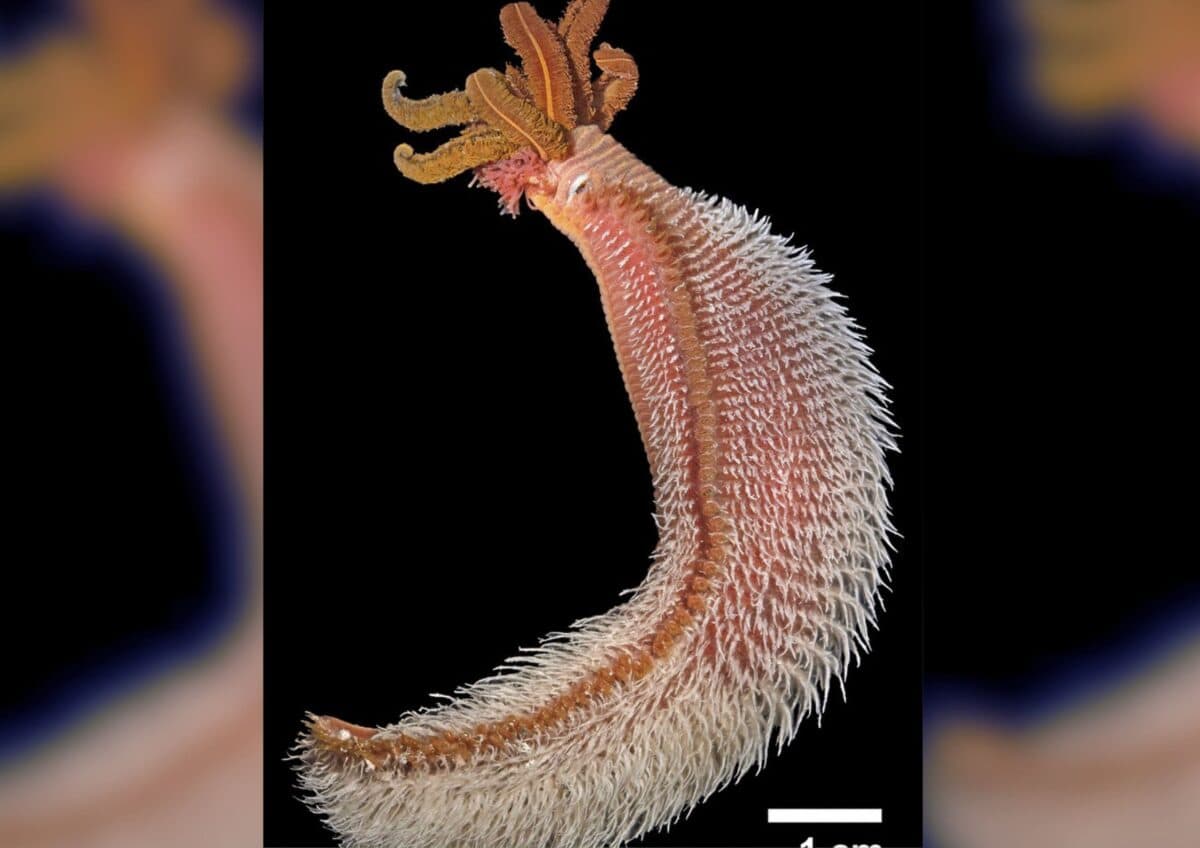In the most extreme environments on Earth, where life seems impossible, certain organisms not only survive but thrive. Among these remarkable creatures is the Pompeii worm (Alvinella pompejana), an extraordinary deep-sea extremophile that can withstand conditions that would instantly kill most other living beings. This remarkable creature lives near hydrothermal vents on the ocean floor, where it experiences temperatures that can reach a boiling point and highly acidic conditions that would dissolve ordinary tissue. The Pompeii worm represents one of biology’s most fascinating examples of adaptation to extreme environments and continues to amaze scientists with its unique survival mechanisms.
The Discovery of the Pompeii Worm

The Pompeii worm was first discovered in 1980 by French researchers during a deep-sea expedition exploring the East Pacific Rise, a mid-oceanic ridge in the Pacific Ocean. Named after the ancient Roman city destroyed by volcanic eruption, these worms were found clustered around hydrothermal vents, often called “black smokers,” where superheated water laden with minerals erupts from the ocean floor. The discovery stunned the scientific community, as these creatures were living in an environment previously thought to be too hostile for complex multicellular life. The finding revolutionized our understanding of the temperature and chemical limits of life and opened new avenues of research into extremophile biology. Since their discovery, Pompeii worms have become iconic symbols of life’s remarkable adaptability.
Extreme Habitat Conditions

Pompeii worms inhabit one of the most inhospitable environments on Earth. These creatures make their homes in tubes attached to hydrothermal vents at depths of around 2,500 meters (8,200 feet) below the ocean’s surface. The environment around these vents is characterized by tremendous temperature gradients, with the worm’s tail exposed to scorching water reaching up to 80°C (176°F), while its head may experience relatively cooler temperatures of about 22°C (72°F). This temperature difference occurs over just a few centimeters of the worm’s body. Additionally, the water around these vents is highly acidic, with pH levels that can drop below 3, comparable to vinegar or lemon juice. The water also contains high concentrations of toxic compounds like hydrogen sulfide and heavy metals that would be lethal to most organisms. Despite these extreme conditions, Pompeii worms have evolved to not just survive but flourish in this hellish environment.
Physical Characteristics
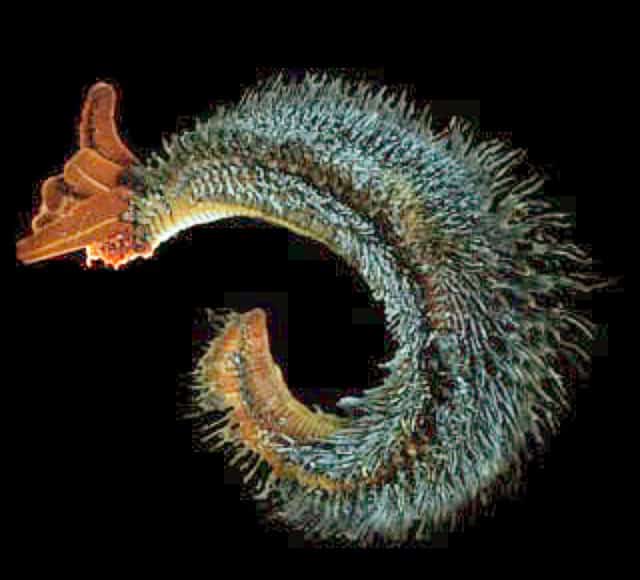
The Pompeii worm is a type of polychaete annelid, related to common earthworms but with distinct adaptations for its extreme lifestyle. Growing to approximately 13 centimeters (5 inches) in length, these worms have a striking appearance. Their bodies are bright red due to the presence of hemoglobin that helps transport oxygen in their blood. Perhaps their most distinctive feature is the thick layer of bacteria that covers their backs, giving them a fluffy, fur-like appearance. This bacterial layer can be gray, white, or even iridescent in color. The worm’s head is protected by a hard plate, and it possesses feathery red gills that extract oxygen from the water. Unlike many deep-sea creatures that are slow-moving and energy-conserving, Pompeii worms are surprisingly agile, able to retreat quickly into their tubes when threatened. Their physical structure represents millions of years of adaptation to one of Earth’s most challenging environments.
Thermal Adaptation Mechanisms
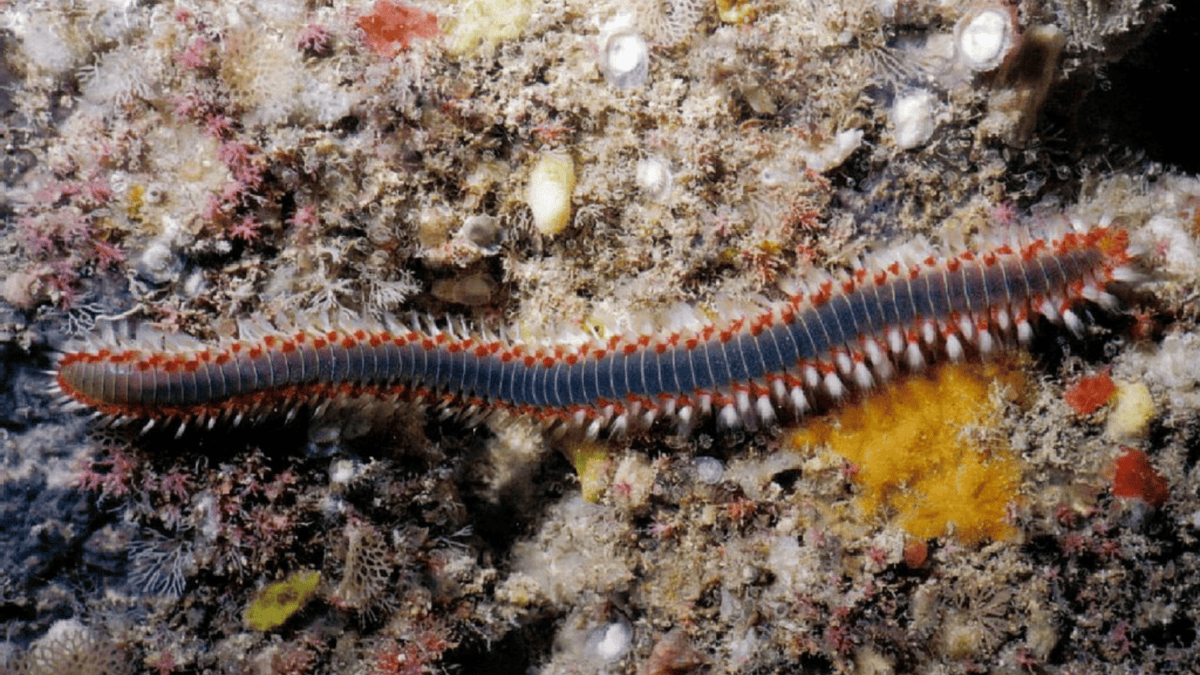
The Pompeii worm’s ability to withstand extreme temperatures has made it a subject of intense scientific interest. Research has revealed several remarkable adaptations that allow these creatures to survive in near-boiling conditions. Their cells contain specially modified proteins called heat shock proteins that remain stable at temperatures that would denature most biological molecules. These proteins help prevent other cellular proteins from unfolding and losing function in the extreme heat. Additionally, the worm’s body contains unique enzymes that continue to function efficiently at high temperatures where conventional enzymes would break down. Another fascinating adaptation is the worm’s circulatory system, which may act as a cooling mechanism, carrying heat away from the posterior end exposed to the hottest temperatures. Scientists believe the thermal gradient across the worm’s body also creates a kind of “heat sink” effect that helps dissipate excess thermal energy. Understanding these mechanisms could lead to biotechnological applications in everything from industrial processes to medical treatments.
The Bacterial Symbiotic Relationship
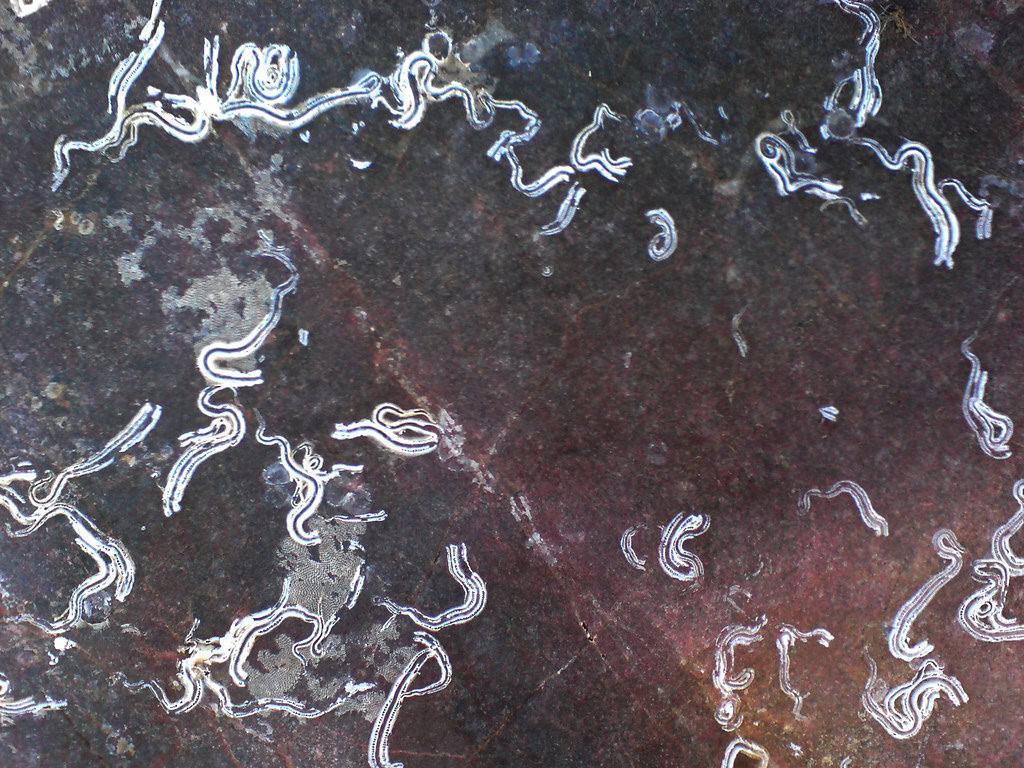
One of the most fascinating aspects of the Pompeii worm’s survival strategy is its symbiotic relationship with the dense colony of bacteria that covers its back. This bacterial “fleece” serves multiple vital functions. First, it provides insulation, helping to protect the worm from the extreme temperatures of its environment. Second, the bacteria secrete mucus that contains compounds that help neutralize the acidic waters around the hydrothermal vents. Third, research suggests these microbes may help detoxify the heavy metals and other harmful substances present in the vent environment. In return, the bacteria benefit from the organic compounds released by the worm and the strategic position near nutrient-rich hydrothermal fluid. Genetic analysis has revealed that many of these bacterial species are unique to Pompeii worms and cannot be found elsewhere. This relationship represents one of nature’s most remarkable examples of mutualistic symbiosis, where both organisms benefit from their association in ways that allow them to conquer an otherwise uninhabitable environment.
Acid Resistance Strategies
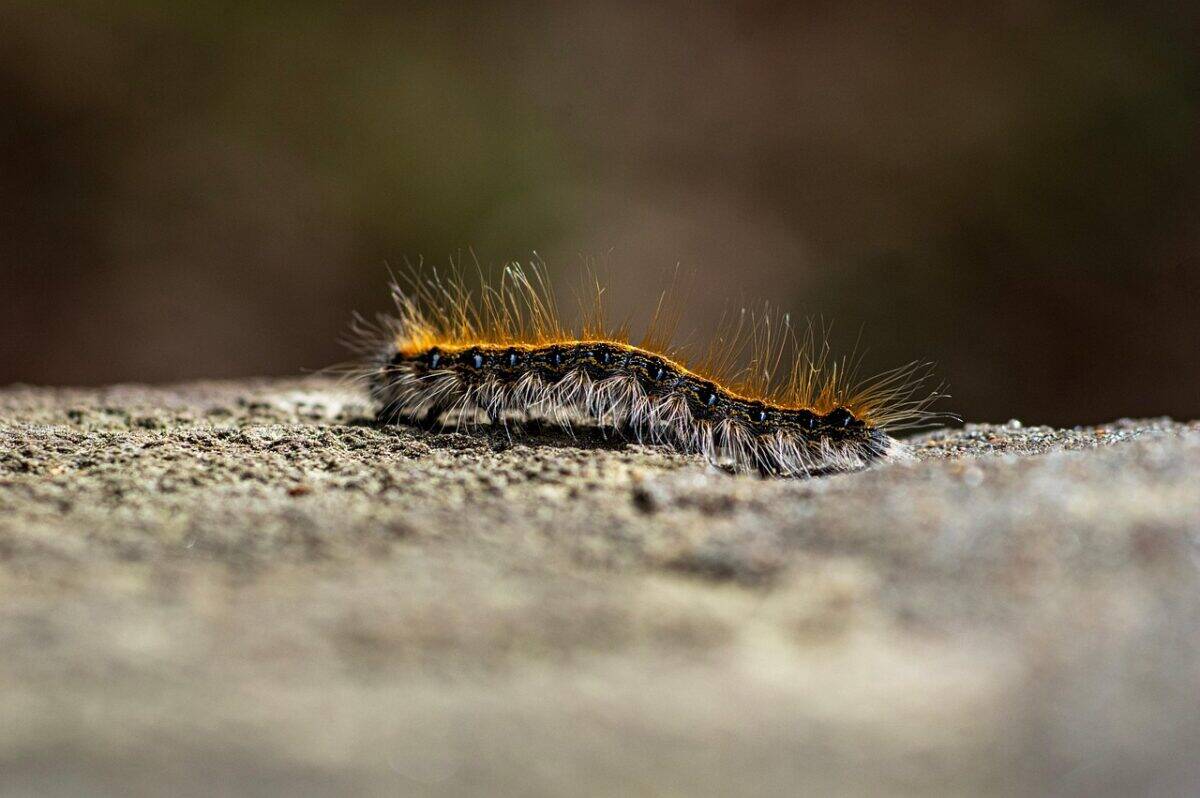
Surviving in highly acidic environments requires specialized adaptations, and the Pompeii worm employs several strategies to cope with the corrosive conditions near hydrothermal vents. The worm’s outer epithelium, or skin layer, contains specialized cells that actively pump out hydrogen ions, maintaining a more neutral internal pH despite the acidic surroundings. Additionally, the mucus secreted by both the worm and its bacterial symbiotes creates a protective barrier that helps buffer against pH extremes. The worm’s tissues contain high concentrations of acid-neutralizing compounds and specialized proteins with structures that remain stable even at low pH. Research has also shown that Pompeii worms possess modified cell membranes with unique lipid compositions that provide greater resistance to acid degradation than those found in organisms from less extreme environments. These adaptations collectively allow the worm to maintain internal homeostasis despite living in conditions that would rapidly dissolve unprotected tissues.
Feeding in Extreme Conditions
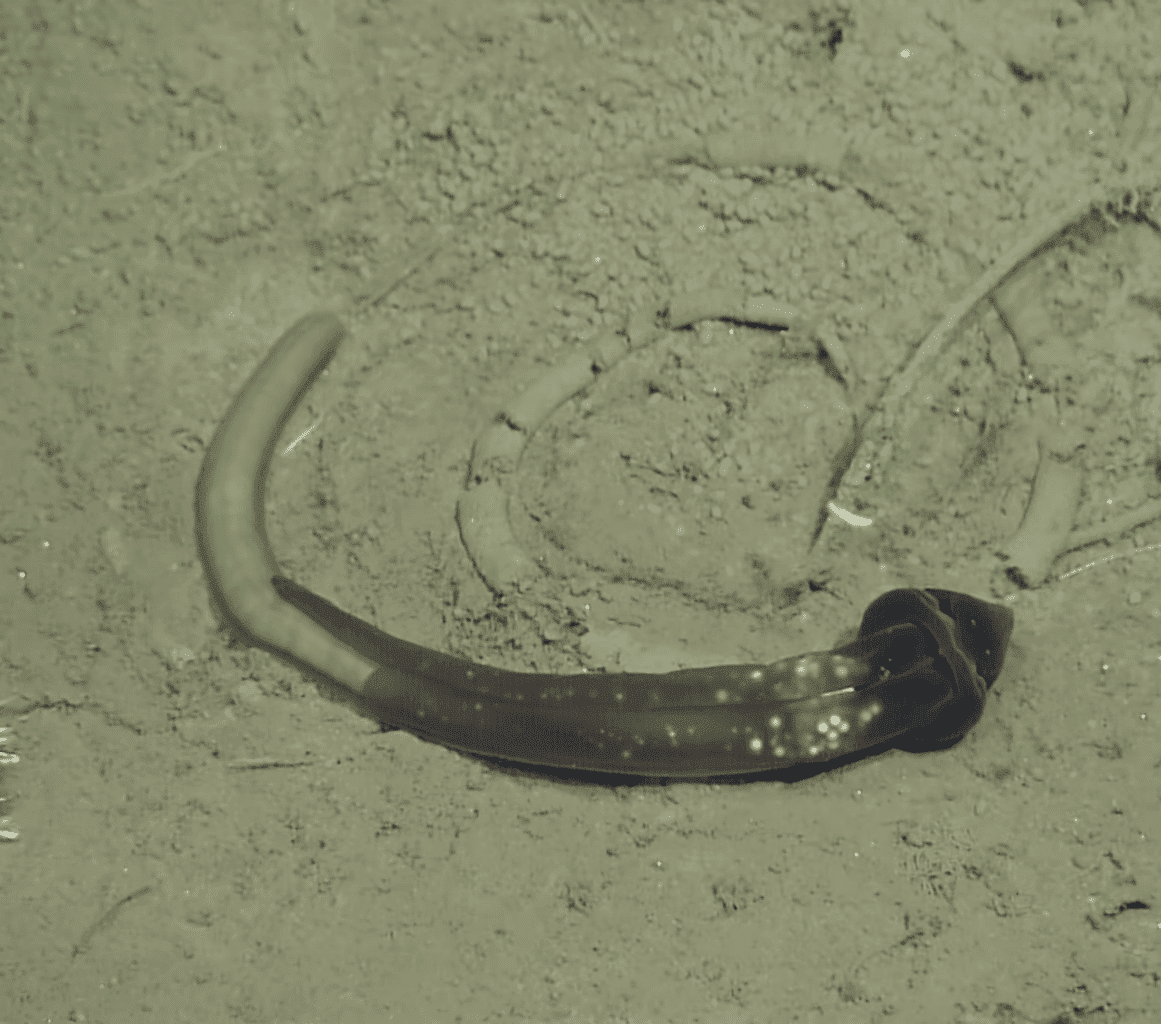
Obtaining nutrition in the deep-sea vent environment presents unique challenges, but Pompeii worms have evolved effective feeding strategies. Unlike surface-dwelling organisms that depend directly or indirectly on photosynthesis, these worms rely on chemosynthetic food webs based on energy from chemical reactions rather than sunlight. Pompeii worms are primarily deposit feeders, extending feathery tentacles from their tubes to collect particles from the surrounding water. Their diet consists mainly of bacteria that oxidize hydrogen sulfide and other chemicals emitted by the vents. These bacteria convert inorganic compounds into organic matter, forming the base of the food chain in these ecosystems. Some research suggests the worms may also obtain nutrients directly from their symbiotic bacteria, potentially absorbing compounds produced by the microbes covering their bodies. This feeding strategy allows them to thrive in an environment far removed from the sun-driven ecosystems that support most life on Earth.
Reproduction and Life Cycle
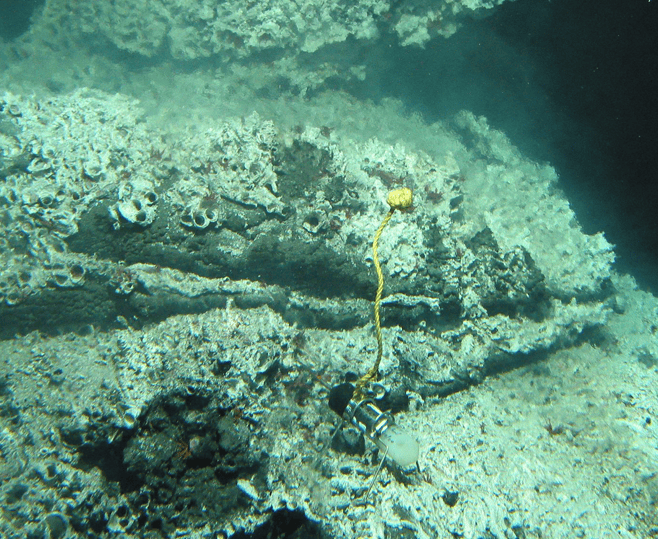
The reproductive biology of Pompeii worms has been challenging to study due to their remote habitat, but scientists have uncovered fascinating aspects of their life cycle. These worms are believed to be sequential hermaphrodites, potentially changing sex during their lifetime. They reproduce sexually, releasing eggs and sperm into the water column where fertilization occurs. The fertilized eggs develop into free-swimming larvae that can disperse over considerable distances, carried by ocean currents. This dispersal mechanism is crucial, as hydrothermal vents are ephemeral environments that may become inactive after several decades. The ability to colonize new vent fields is essential for species survival. The larval stage may last several weeks before the young worms settle near active vents and begin constructing their protective tubes. Little is known about their lifespan, but estimates suggest they may live for several years, continuously rebuilding and extending their tubes as they grow. The precise cues that trigger spawning and the factors that influence larval settlement remain active areas of research.
Scientific Research Challenges

Studying organisms that live in such extreme environments presents enormous challenges for researchers. The remote location of hydrothermal vents requires specialized deep-sea submersibles and remotely operated vehicles (ROVs) for observation and sample collection. The extreme pressure at depths of 2,500 meters (approximately 250 times atmospheric pressure) means that when Pompeii worms are brought to the surface, they experience severe stress and tissue damage, making laboratory studies difficult. To overcome these obstacles, scientists have developed pressure chambers that simulate deep-sea conditions for short-term studies. However, maintaining the precise chemistry and temperature gradients of the vent environment remains challenging. Additionally, genetic studies require special care as the worm’s DNA and proteins can degrade rapidly once removed from their natural environment. Despite these difficulties, advances in deep-sea technology, including in-situ experimentation devices and improved preservation techniques, are gradually expanding our understanding of these remarkable creatures.
Applications in Biotechnology
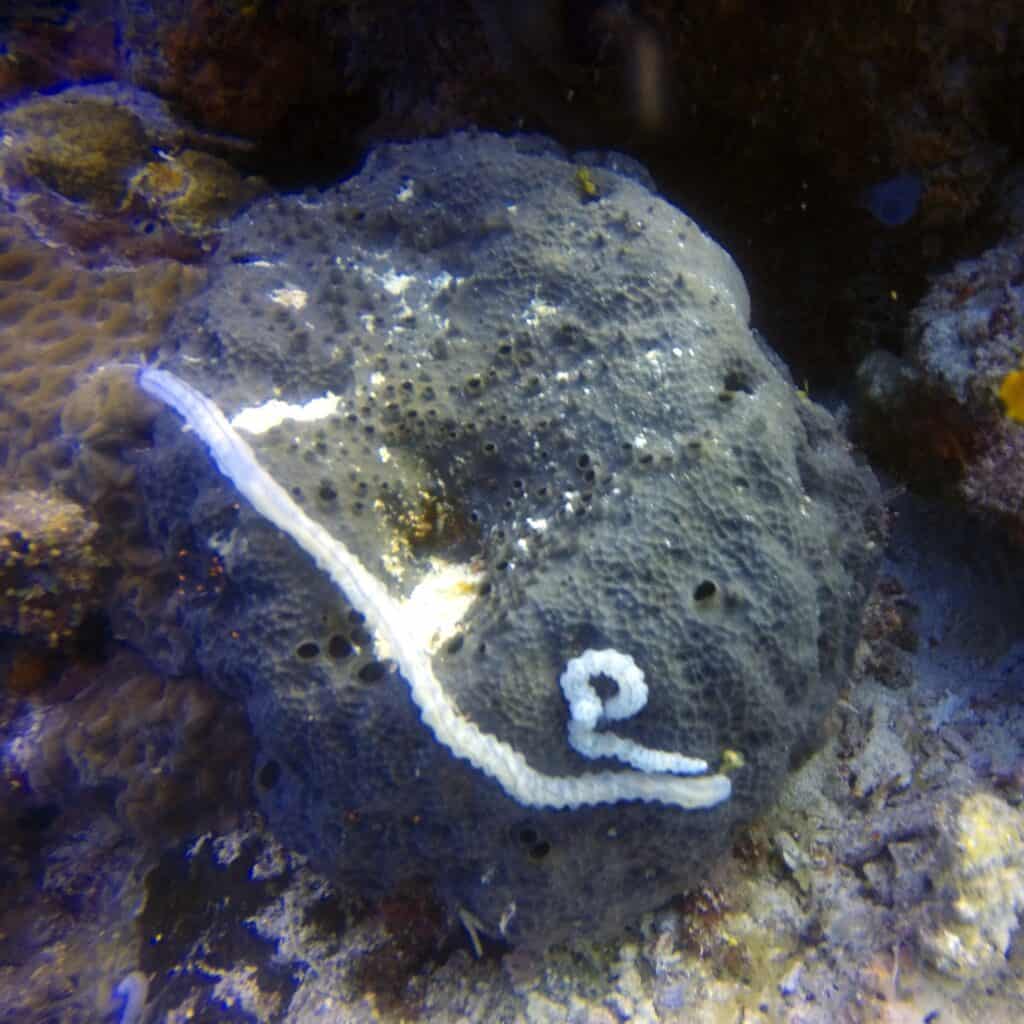
The extreme adaptations of Pompeii worms have significant implications for biotechnology. The heat-stable enzymes found in these organisms, known as extremozymes, have potential applications in industrial processes that require biochemical reactions at high temperatures. For example, enzymes similar to those found in Pompeii worms could improve the efficiency of biofuel production, paper manufacturing, and food processing. The worm’s acid-resistant proteins are being studied for applications in pharmaceuticals that must survive the acidic environment of the human stomach. Similarly, the bacteria that form symbiotic relationships with these worms produce unique compounds with potential applications as antibiotics, anti-cancer agents, and industrial catalysts. Perhaps most intriguingly, understanding how Pompeii worm cells maintain their integrity in extreme conditions could lead to better preservation techniques for human tissues and organs used in transplantation. The study of these creatures exemplifies how fundamental research into extremophile biology can yield unexpected practical benefits.
Ecological Importance

Hydrothermal vent ecosystems, with Pompeii worms as key inhabitants, represent oases of life in the otherwise sparsely populated deep ocean. These ecosystems are entirely independent of sunlight, instead deriving energy from geochemical processes. As one of the dominant macrofauna at certain vent sites, Pompeii worms play crucial ecological roles. Their tubes create habitat complexity, providing shelter for smaller organisms and attachment surfaces for various microbes. The worms modify their local environment through feeding activities and waste production, influencing nutrient cycling within the vent community. Additionally, as they feed on bacteria, they help regulate microbial populations and transfer energy up the food web. The larvae of Pompeii worms contribute to connectivity between different vent fields, potentially transporting genetic material and even microbial symbionts across vast distances. Understanding the ecological functions of these worms helps scientists piece together how these unique deep-sea ecosystems operate and respond to environmental changes.
Conservation Concerns

Although hydrothermal vents lie far from direct human activities, emerging threats could impact these unique ecosystems and their remarkable inhabitants. Deep-sea mining operations targeting the mineral-rich deposits around hydrothermal vents pose perhaps the most significant concern. These activities could physically destroy vent habitats, alter water chemistry, and create sediment plumes that smother filter-feeding organisms. Climate change also presents potential risks, as ocean acidification and changing temperature patterns may affect the delicate chemical balances that sustain vent ecosystems. Furthermore, the increasing prevalence of scientific research at vents, while valuable, must be conducted responsibly to minimize habitat disruption. International efforts are underway to establish protected areas around particularly significant hydrothermal vent fields, but jurisdictional issues in international waters complicate conservation efforts. The unique adaptations of Pompeii worms and other vent organisms represent irreplaceable biological innovations that took millions of years to evolve, underscoring the importance of preserving these remarkable deep-sea environments.
Conclusion

The Pompeii worm stands as a testament to life’s extraordinary ability to adapt to conditions once thought incompatible with biological processes. Through specialized proteins, symbiotic relationships, and physiological mechanisms still not fully understood, these creatures have conquered one of Earth’s most extreme environments. Their study continues to expand our understanding of the limits of life and challenges fundamental assumptions about the conditions necessary for complex organisms to survive. Beyond their scientific significance, Pompeii worms inspire awe at the resilience and diversity of life on our planet, reminding us that nature’s innovations often exceed our imagination. As research technologies advance, these remarkable creatures will undoubtedly continue to reveal secrets that not only deepen our understanding of biology but also inspire new solutions to human challenges in medicine, industry, and environmental conservation.
- The Most Unexpected Snowfalls in Hot Regions - August 9, 2025
- How Squirrel Monkeys Use Teamwork to Avoid Predators - August 9, 2025
- 15 Ways Climate Change Is Affecting Snake Populations - August 9, 2025

